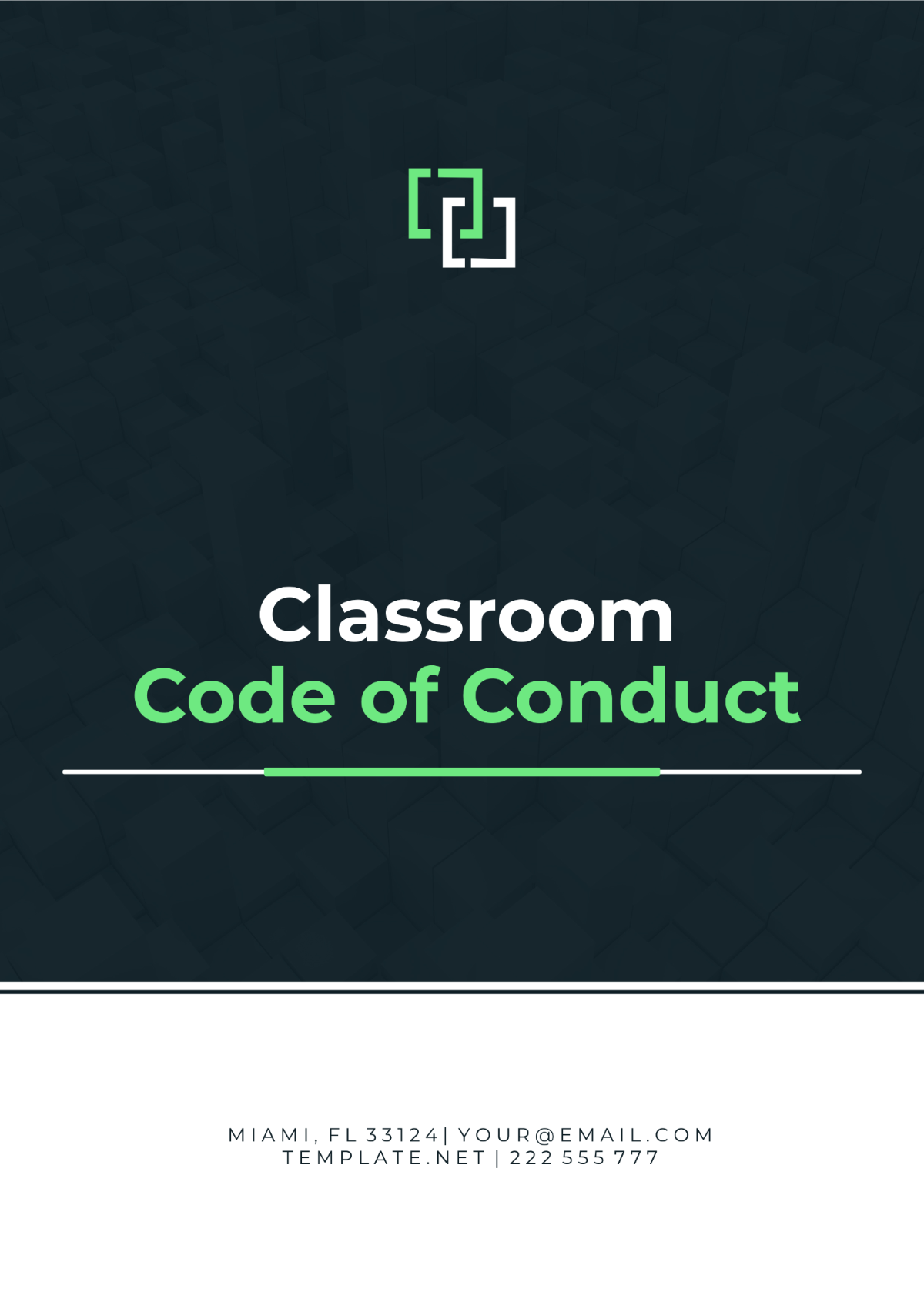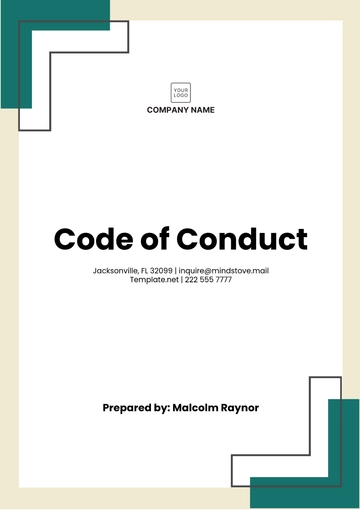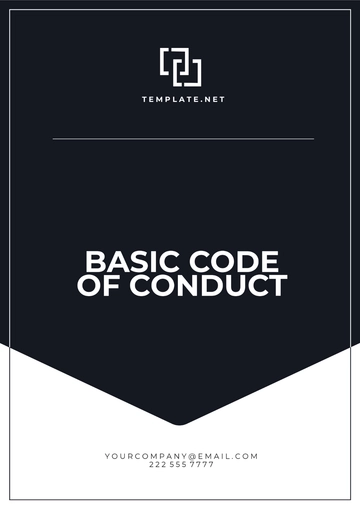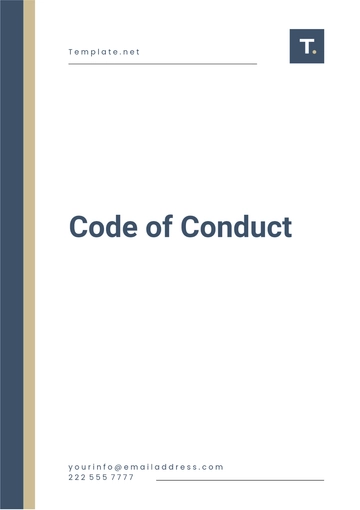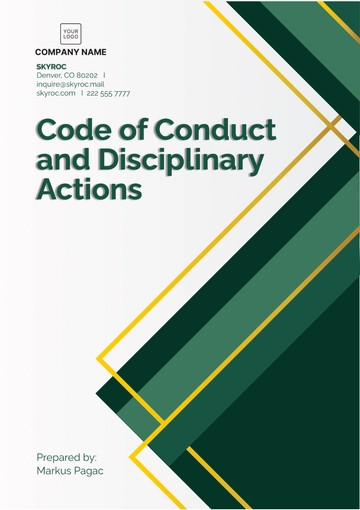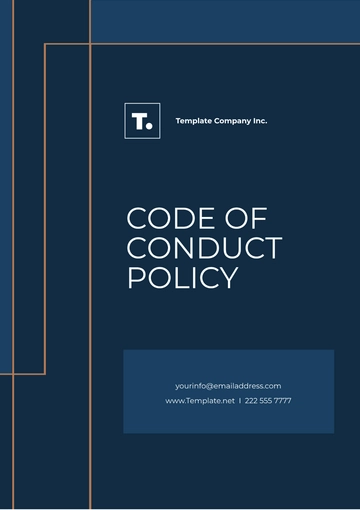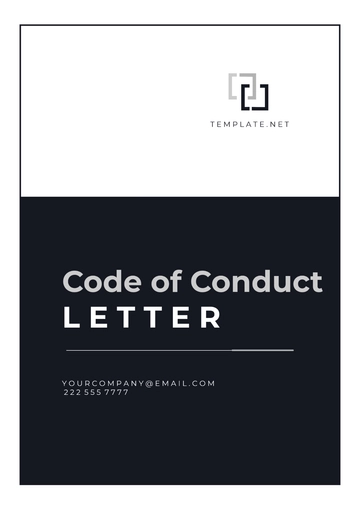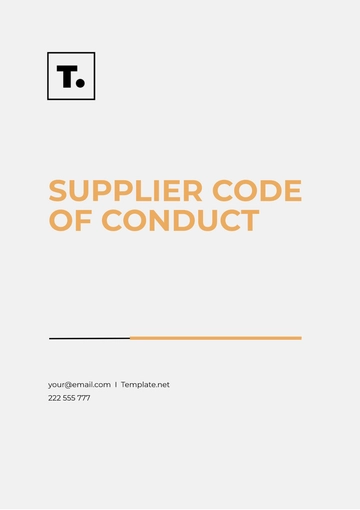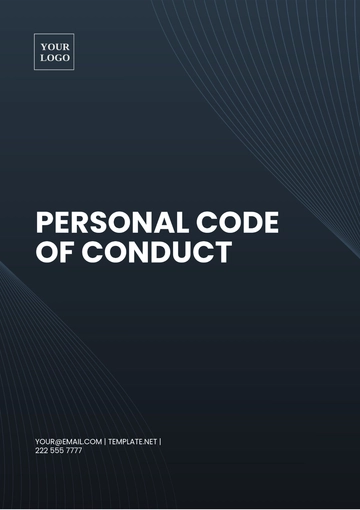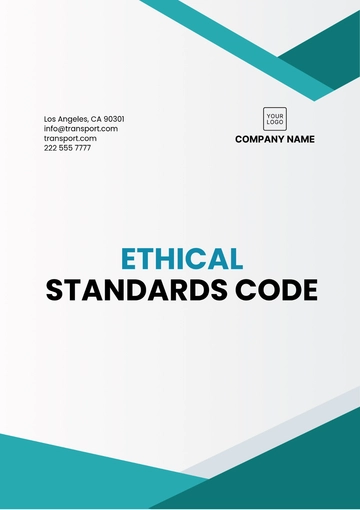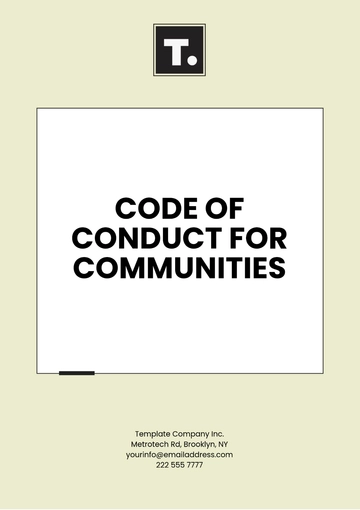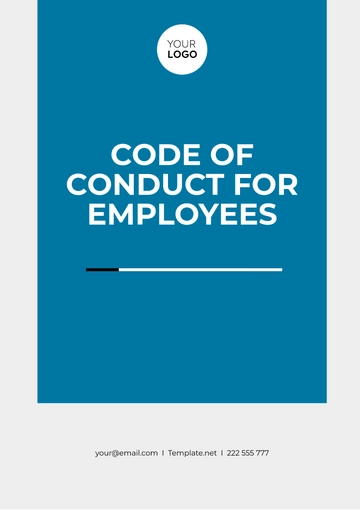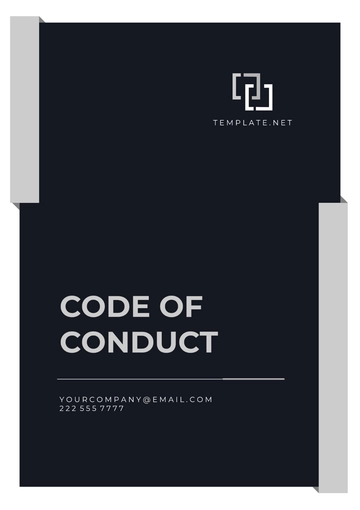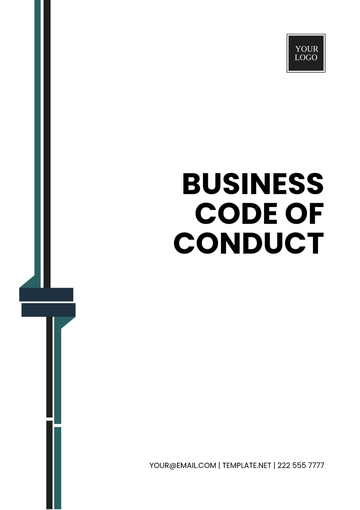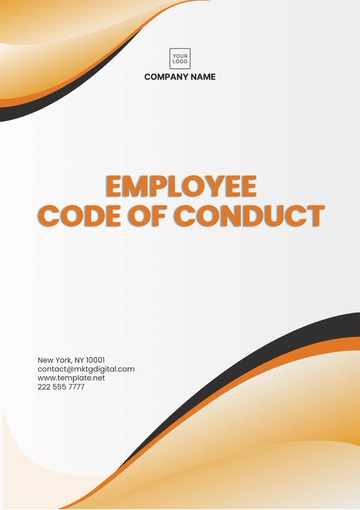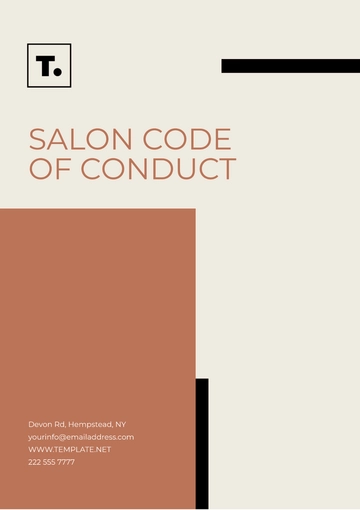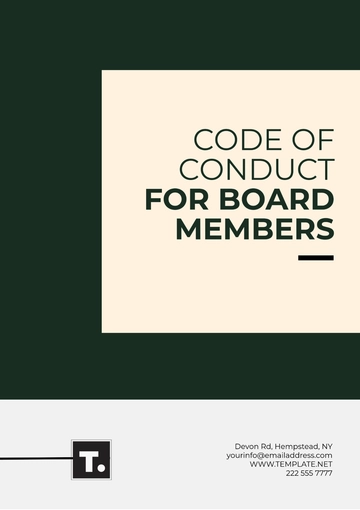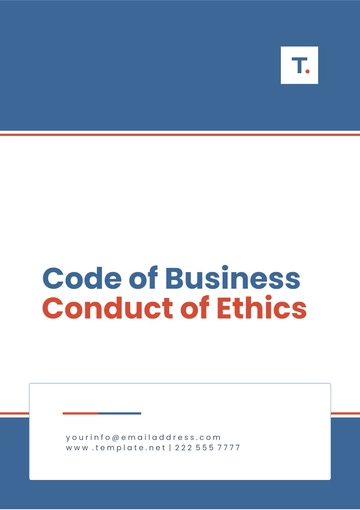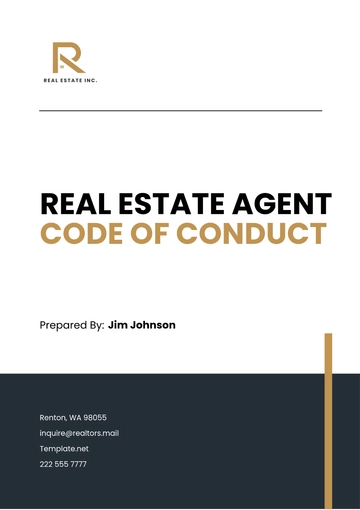Classroom Code of Conduct
I. Introduction
[Your Company Name] is committed to providing an effective, supportive, and respectful learning environment for all participants, including both students and educators. The following Classroom Code of Conduct outlines expectations and guidelines to promote a constructive and positive learning experience.
II. Expectations for Students
2.1 Respectful Behavior
Respect for Others: Treat everyone with respect, listen actively, and avoid disrespectful actions or language. Embrace diversity and different viewpoints to create a respectful and understanding environment.
Diversity and Inclusion: Respect differences in race, culture, gender, religion, and abilities. Avoid discrimination, promote inclusivity, and engage respectfully with diverse backgrounds to foster empathy and collaboration.
2.2 Academic Integrity
Citation Standards: Follow [APA/MLA/Chicago] formatting guidelines for proper citation throughout assignments, including quotes, paraphrases, and references.
III. Expectations for Educators
3.1 Professional Conduct
Respectful Interaction: It is important to treat every individual with fairness, engage in active listening, and appreciate the wide range of diverse perspectives to nurture a sense of mutual respect and enhance understanding among everyone.
Effective Communication: Ensure that stakeholders are consistently kept well-informed, make it a priority to respond to inquiries promptly, and address any concerns professionally to maintain a high level of transparency and foster trust.
3.2 Classroom Management
Consistency: Implement and uphold regulations fairly and consistently, ensuring that there are clear expectations and defined consequences for behavior, all to maintain a disciplined and conducive learning environment.
IV. Attendance and Punctuality
Attendance Records: Maintaining accurate attendance helps monitor student engagement, identify trends, and address concerns promptly, supporting academic success and fulfilling regulatory requirements.
V. Technology and Materials Usage
Care of Materials: Handle school materials and technology devices with care to show respect for resources. Follow instructions for proper use, store materials safely, and report damages promptly to maintain a positive learning environment.
VI. Homework and Assignments
VII. Behavioral Expectations
Positive Contributions: Contributing positively to discussions and activities enriches the learning experience for everyone. It encourages collaboration, critical thinking, and active engagement in classroom activities.
VIII. Assessment and Grading
IX. Bullying and Harassment Policy
X. Disciplinary Procedures and Consequences
Code of Conduct Templates @ Template.net
